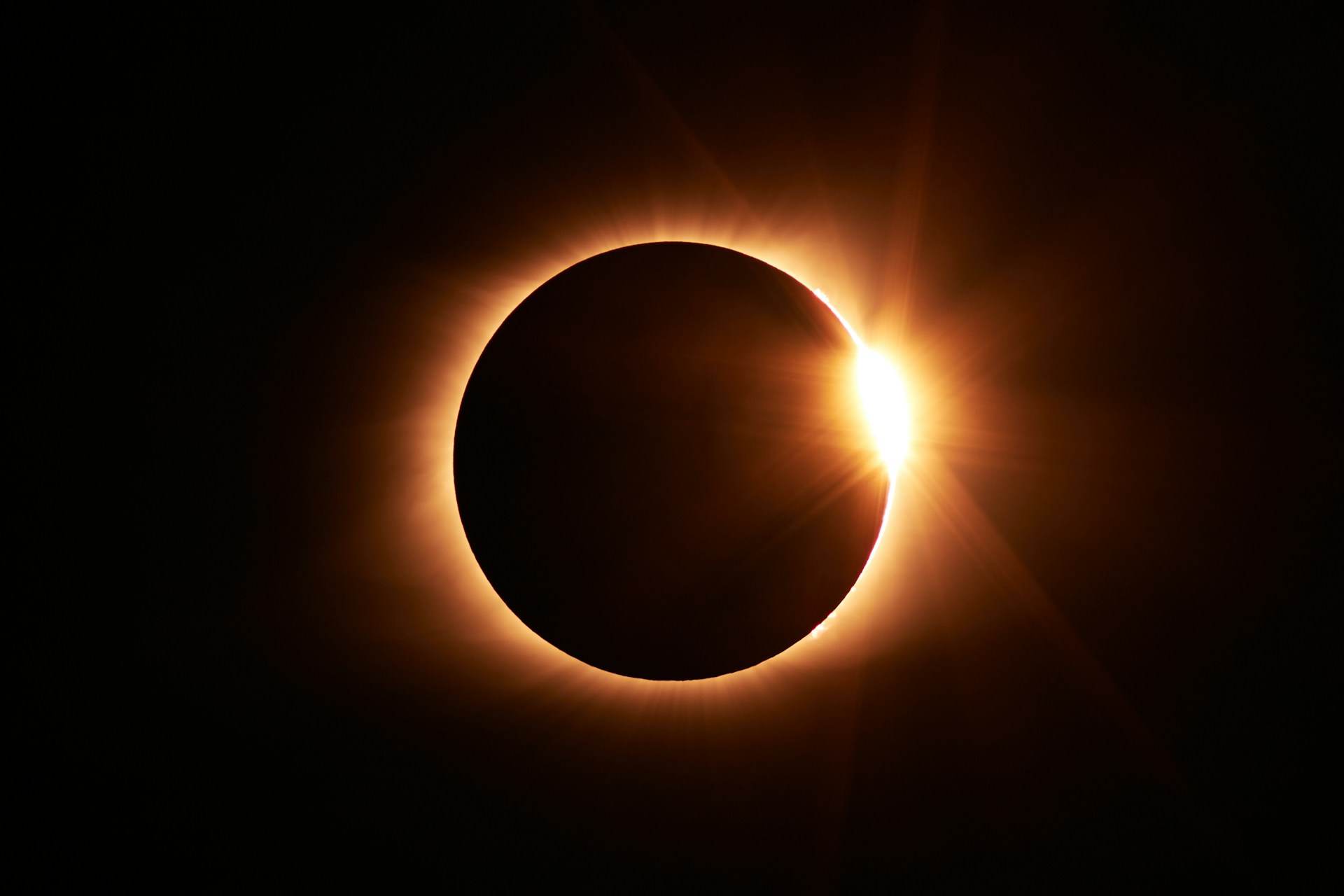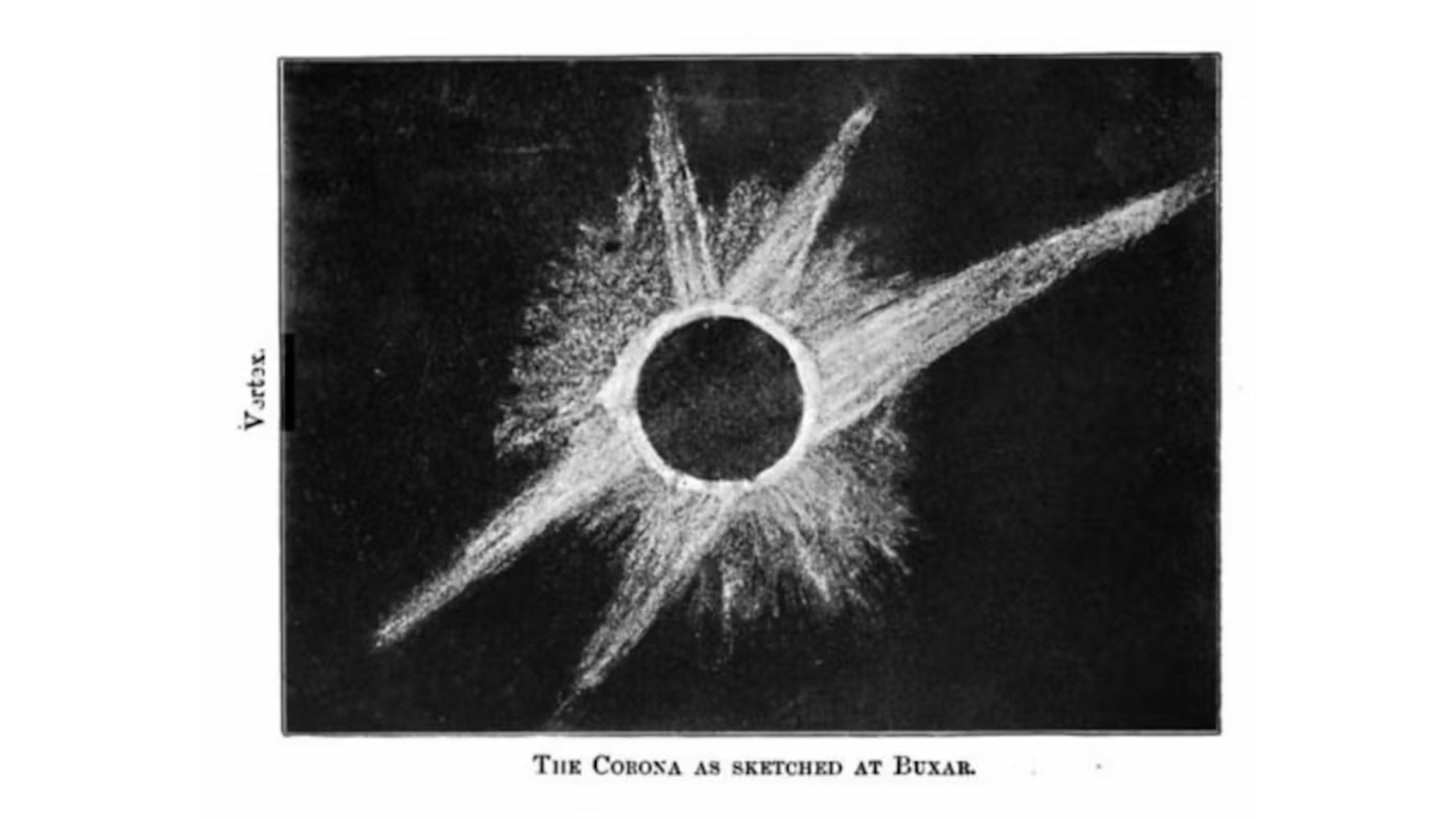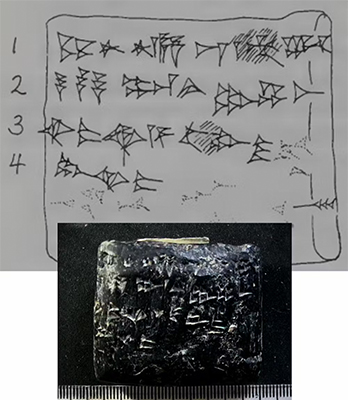Total solar eclipses, like the next one, on April 8, occur according to precise schedules that can be calculated for many hundreds and thousands of years ahead. But these calculations can be used not only for the future, but also for the past, looking deep into our history. This information has become an important tool for researchers in establishing the dates of mysterious events from ancient times.

Total solar eclipses have fascinated and frightened people for centuries. Historians found in the archives many references to how the day turned into night or how the Sun “absorbed” the Moon. These recordings were the impetus for new research. Today we understand that this phenomenon, as well as the future solar eclipse on April 8, occurs due to cosmic correlation, when the Moon blocks the Sun from our view. However, in ancient times, the cause of this phenomenon remained unknown.
Although some thinkers of that time began to realize that there was an explanation for this solar eclipse. In 648 BC, the ancient Greek poet Archilochus noted: “Nothing can be surprising any more or impossible or miraculous, now that Zeus, father of the Olympians has made night out of noonday, hiding the light of the gleaming Sun.”
Solar eclipses and archeoastronomy
Astroarcheology, also known as archeoastronomy, uses astronomical records to date key moments in history. Of all astronomical phenomena, total solar eclipses are among the most important, since they can only be observed at a specific time and place.

To determine the exact date of ancient eclipse observations, researchers take into account the time of day when it happened (morning, noon or evening), the time of year and other astronomical factors. For example, ancient Chinese texts about eclipses that were observed at dawn helped determine the year of the beginning of the reign of Emperor Yi Wang I.
One of the oldest records of eclipses was found on a clay tablet from Ugarit, an ancient city in Syria. The tablet contained a record of an eclipse that occurred around February — March 1222 BC, which allowed researchers to accurately determine the time of the disappearance of this city.

However, accurate prediction of future eclipses or analysis of historical observations requires complex calculations. The movement of the Sun, Moon and Earth is unstable due to the influence of gravitational forces, which makes accurate predictions difficult. For example, the length of the Earth’s day increases by about 18 microseconds per year, which may affect the accuracy of dating historical events.
In order to maintain accuracy in studies of historical eclipses, it is necessary to take into account these changes in the length of the day. Such studies make it possible to track changes in the length of the Earth’s day over the centuries, helping to understand not only our history, but also the planet itself.
Earlier, we reported on how animals react to a solar eclipse.
According to livescience.com
Follow us on Twitter to get the most interesting space news in time
https://twitter.comne/ust_magazine


